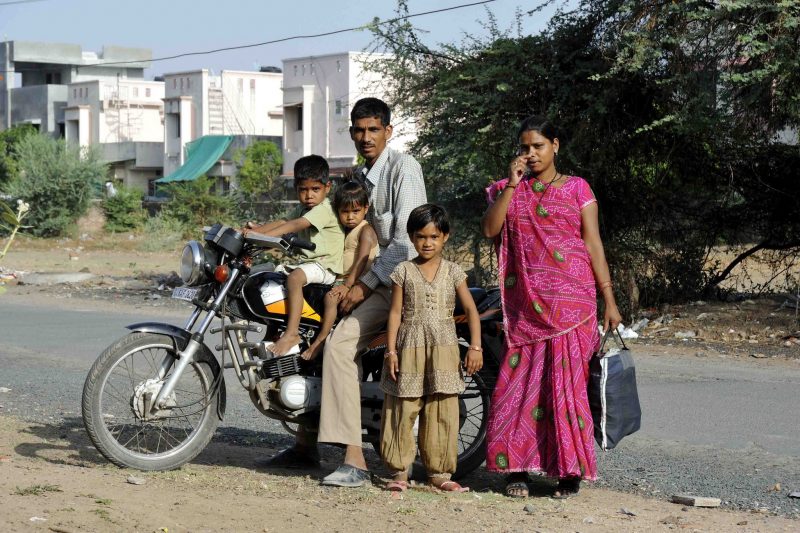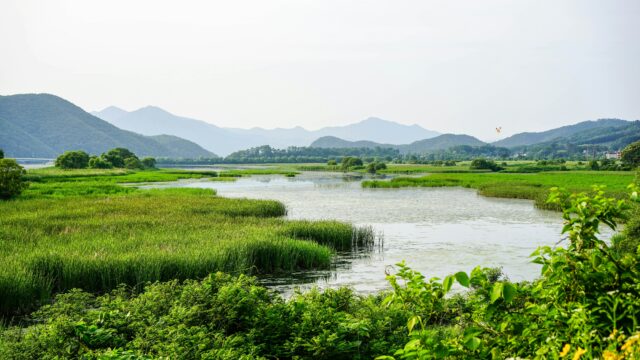Protecting the environment and creating jobs in India

India’s Mahatma Gandhi National Rural Employment Guarantee Act (MGNREGA) is by far the world’s largest works-based social protection scheme, covering the whole of India and providing jobs to around 50 million rural households. In operation since 2006, the scheme helps poor families in rural areas by guaranteeing 100 days of paid manual work per year to participants, helping to construct and maintain public works, watershed projects, and rural infrastructure.
With an annual budget in 2017 of around Rs 38,500 crore (about US$5.67 billion), the scheme is designed to provide additional income and security to the 60% of India’s population who rely on agriculture for their livelihoods. Indian farming is primarily rain-fed and thus extremely vulnerable to drought and flooding, both of which have increased in frequency in recent decades. This, and a long-term decline in agricultural investment, has led to falling productivity in the sector, which in turn contributes to job losses, low wages, and increasing poverty, food insecurity, and migration.
Impact
In the space of ten years, the programme has increased rural average daily wages across the country from Rs 65 per person to Rs 154 per person – an average annual increase of over 9%. Numerous academic studies have cited evidence for the scheme’s positive impacts on food, clothing, health and education expenditure, as well as improved food security, an increase in cultivated land area, and stronger village-level institutions. MGNREGA payments have spurred poor rural households into opening bank accounts, providing them with better access to savings and credit.
The environmental impacts are also considerable. 53% of the projects are related to soil and water conservation, with improved environmental quality, better groundwater recharge, water percolation, more water storage in tanks, increased soil fertility, reclamation of degraded lands and carbon sequestration.
Challenges & lessons
Some have criticised the efficacy of the public works schemes as merely “digging up holes and filling them in again”. In part this stems from implementation challenges including excessive bureaucracy, corruption, and a lack of local technical expertise – both to manage and direct works programmes to produce quality outcomes, and in the administration of payments and job provisions. These are particularly pressing in remote and / or marginalised areas.
Implementing a scheme of this size and scope in a country of India’s size poses unique managerial challenges, but the programme’s strong legal backing via parliamentary act, and the cross-party backing the scheme received during its design and early years, has ensured strong political and budgetary support. Other strengths of the programme include solid participation of local institutions, the direct payment model which prevents fiscal leakages, and the development of climate-resilient infrastructure and assets to support local development.
Sources:
https://www.giz.de/en/worldwide/29773.html https://snrd-asia.org/environmental-benefits-of-the-mahatma-gandhi-national-rural-employment-guarantee-act-mgnrega-eb/ http://pubs.iied.org/pdfs/G04267.pdf http://www.lse.ac.uk/asiaResearchCentre/_files/epwArticle14052011.pdf https://timesofindia.indiatimes.com/india/MGNREGA-has-environmental-benefits-finds-IISc-study/articleshow/19973848.cms


